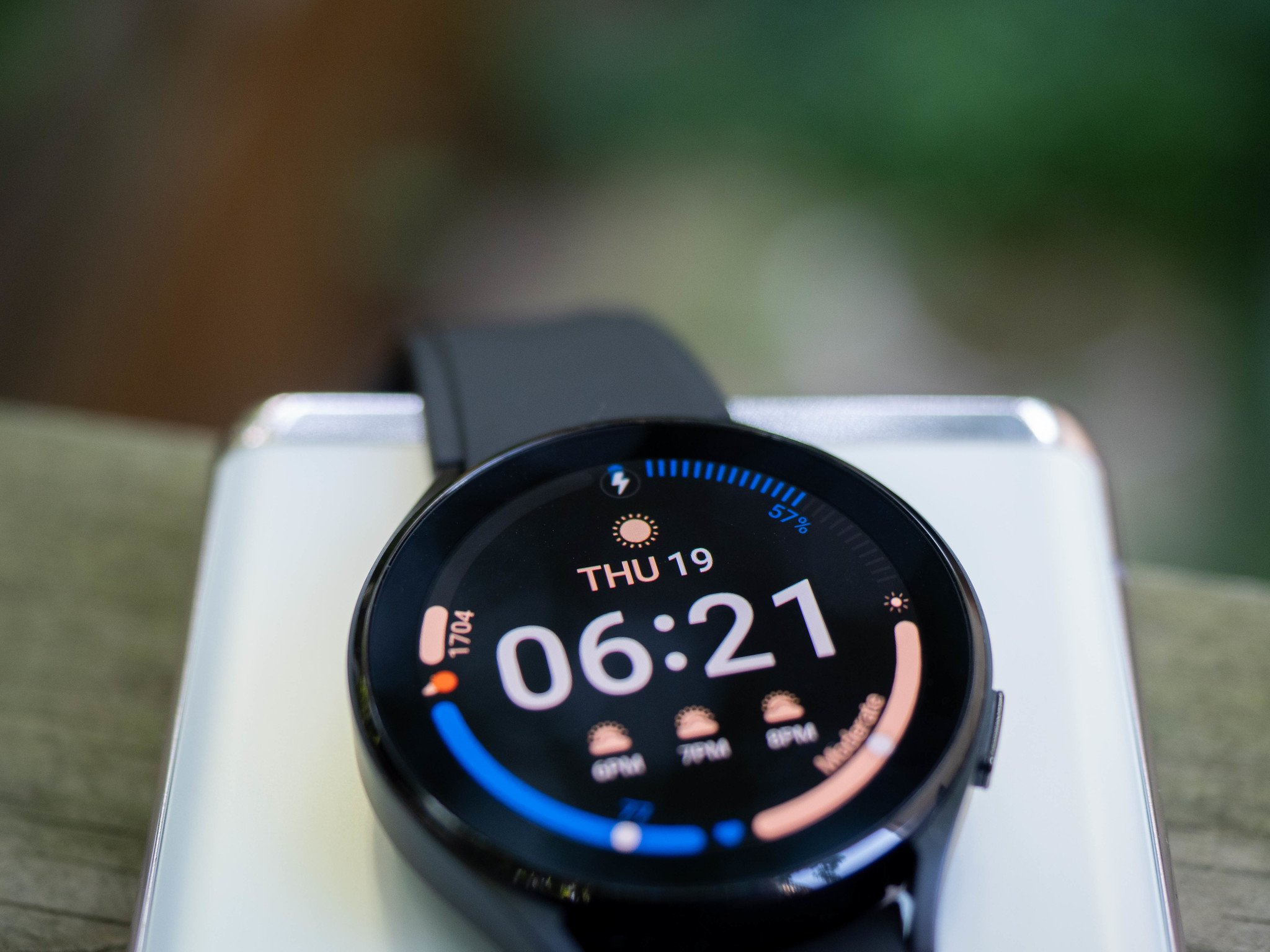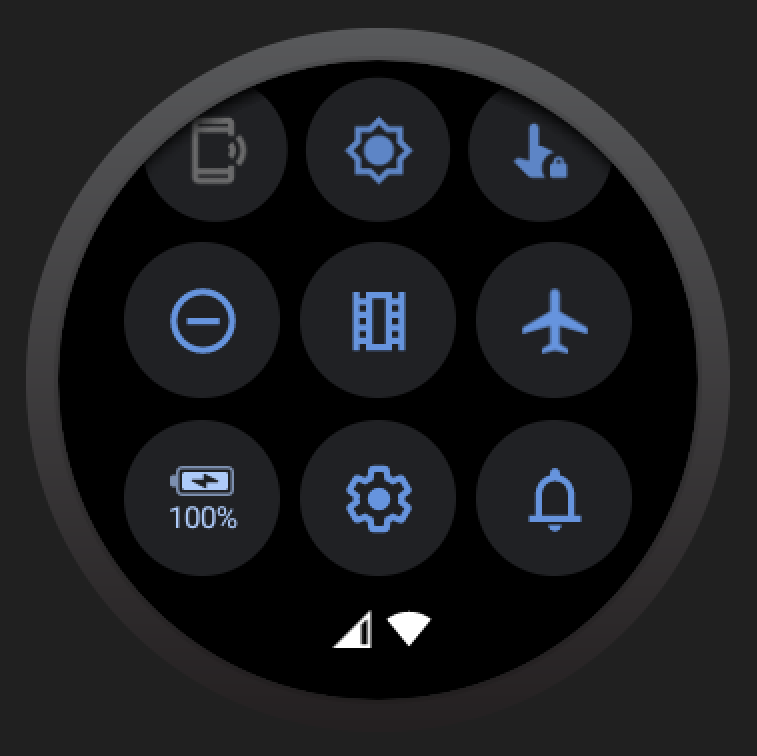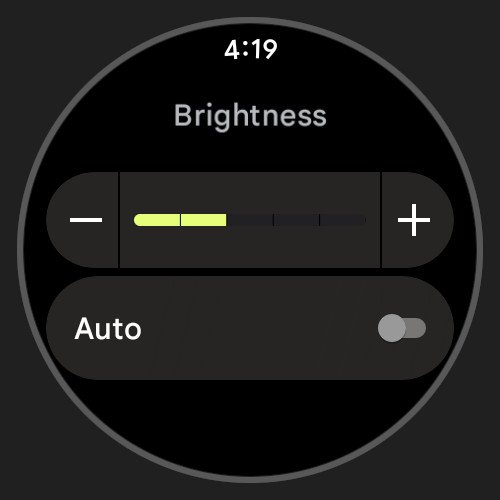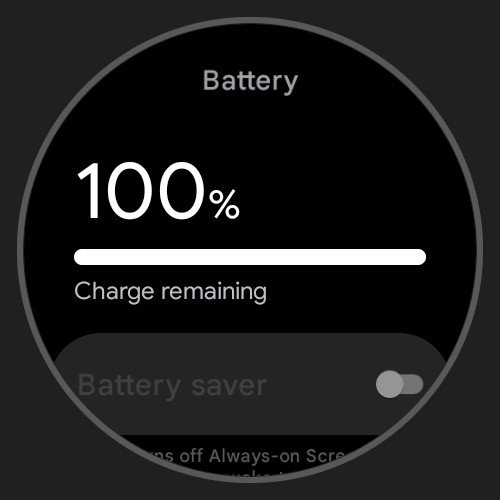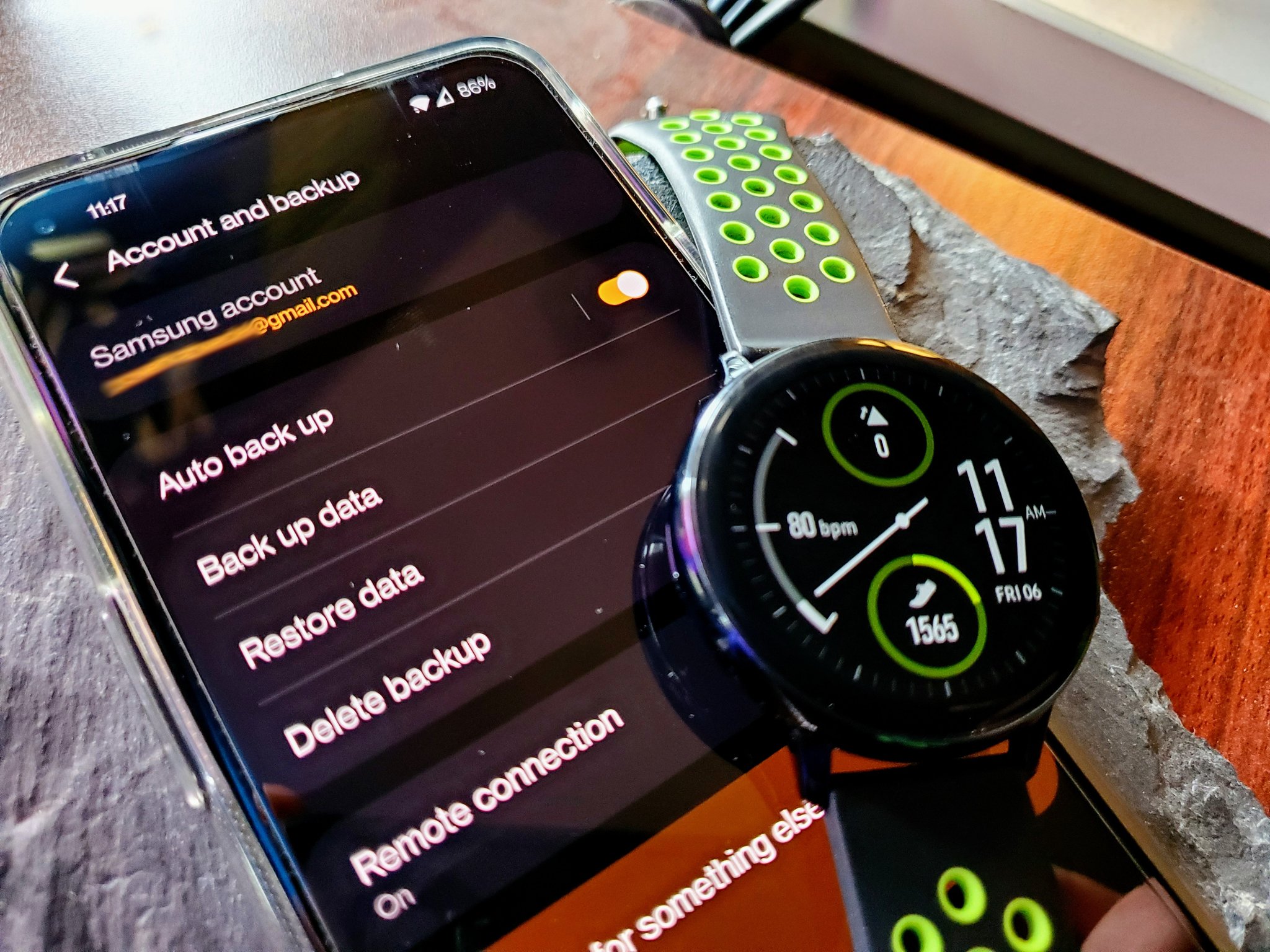Wear OS 3 is here, and it's not.
Wear OS 3 is the latest update to Google's smartwatch platform, announced at Google I/O 2021. It's being co-developed by Google and Samsung, the latter of which has adopted Wear OS in lieu of its long-time Tizen platform. It brings some notable changes compared to previous iterations of Wear OS, which should give it a boost when compared to both Google and Samsung's efforts in the space, combining the best of both companies.
We've already tasted what Wear OS 3 can do thanks to the Samsung Galaxy Watch 4, which proved quite popular. However, that's only Samsung's flavor of Wear OS, and despite some teasers from Google and a few uncovered snippets, we still don't have a clear picture of what's in store for the "stock" Wear OS 3 update on some of the best Wear OS watches. This is the experience we would expect to see on a potential Pixel Watch, similar to how Google's Pixel smartphones provide a "stock" version of Android.
That said, we're learning more about the update as the year progresses, and this is what we know thus far about the upcoming update.
Aluminum
Samsung Galaxy Watch 4
Bottom line: The Galaxy Watch 4 is the first and so far only Wear OS 3 smartwatch. It brings an excellent design, a snappy new Exynos processor, and a host of health tracking features. One UI Watch makes it a perfect companion device for Galaxy smartphone owners.
The Good
- Accessible price
- Excellent performance and battery life
- Comprehensive health tracking features
- Wear OS 3
The Bad
- Capacitive gesture navigation is finicky
- No Google Assistant
From $250 at Amazon From $250 at Best Buy From $250 at Samsung
Availability & eligible smartwatches
Wear OS 3 is technically available already, although you'll only find it on one smartwatch for now. After working with Google on the platform, Samsung has been the exclusive launch partner for Wear OS 3 with the Galaxy Watch 4. The smartwatch has been available since August 2021 and can be purchased online or in person through retailers and carriers.
However, the update hasn't been made available for other smartwatches. Instead, Google announced that the update would come to select Wear OS watches from companies such as Fossil and Mobvoi. This consists of smartwatches running the latest Qualcomm Snapdragon Wear 4100 chipset, a list that is slowly growing.
These are the current smartwatches that will support the Wear OS 3 update:
Mobvoi
- TicWatch Pro 3 GPS/LTE
- TicWatch Pro 3 Ultra
- TicWatch E3
Fossil Group
- Fossil Gen 6
- Michael Kors Gen 6
- Skagen Falster Gen 6
As far as when Wear OS 3 will release to these smartwatches, it is anyone's guess. We at least know it will be sometime in 2022, with Google stating that the rollout will occur during a vague timeline "starting in mid to second half of 2022." That means the earliest we might see current devices updated will be this summer.
Wear OS 3 features
Since its initial announcement at Google I/O 2021, we haven't learned too much about Wear OS 3 features and how it will differ from Wear OS 2.x. That said, there are some major points that we do know.
One of the biggest changes is that the platform will take a similar approach as Android in terms of the UI. That means OEMs will be able to alter the appearance of the UI to give their smartwatches a unique style. This would benefit smartphone OEMs by giving them a way to match UI elements with their smartphones for a cohesive experience. Samsung was the first to show this off with One UI Watch, and we can expect that other smartphone OEMs will follow.
Google also showed off an updated launcher with pill-shaped apps, similar to the layout seen on newer versions of the Wear OS Play Store, Google Messages, and other apps that have been updated to match the Wear OS 3 experience. Google Maps is also getting overhauled with a new UI and functionality, making it less dependent on a connected smartphone to work.
There will also be a new task switcher, which will be able to quickly cycle through in-use apps by double-tapping a navigation button on the side of the watch. The home screen will also be able to display icons for apps running in the background.
One of the big additions is the addition of Fitbit. Google says that Wear OS 3 will tie Fitbit into the platform, making it available on all smartwatches. However, it's unclear if this will replace Google Fit or how this will compare to dedicated Fitbit smartwatches. We also don't know if this will be free to use or require a subscription, although the latter option seems a little less likely.
Aside from the few screenshots and animations shown off at Google I/O, Google has been pretty mum on what we can expect from the experience. However, thanks to a recent update to the Wear OS emulator, we've been able to get glimpses of other UI aspects that we might expect from the platform.
From the screenshots, we can glean a new quick settings menu with more icons, a new look for brightness slider and battery pages, and a more consistent look throughout the menus.
One UI Watch
Some of these new Wear OS 3 features are already available on the Galaxy Watch 4. However, due to Samsung's One UI Watch, you're getting a very Galaxy-centric experience. That means while many of Google services are available, so are Samsung's. That means you get access to Samsung Pay along with Google Pay and Samsung Health alongside Google Fit. Some features are exclusive to Samsung's services, such as the watch's BIA sensor, which can detect body composition.
One major omission is Google Assistant, which Bixby replaces. Samsung did indicate that it would bring Google Assistant to its watch not long after the launch of the Galaxy Watch 4, but nearly half a year later, it's still absent.
As far as the UI, it closely matches what you'll find on a Samsung smartphone, down to the settings menu. Some settings will also translate from the watch to the smartphone and vice versa. For example, your clock will display the different time zones across devices, and blocked contacts will also sync.
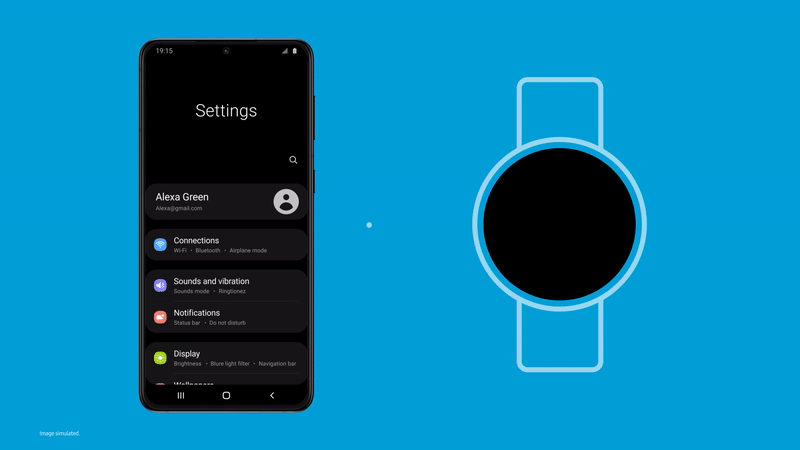
One handy feature available on One UI Watch is having apps downloaded on your smartphone automatically installed on your smartwatch, assuming there's an existing version available. This expands on the Play Store's capability to install apps on your watch directly from your smartphone.
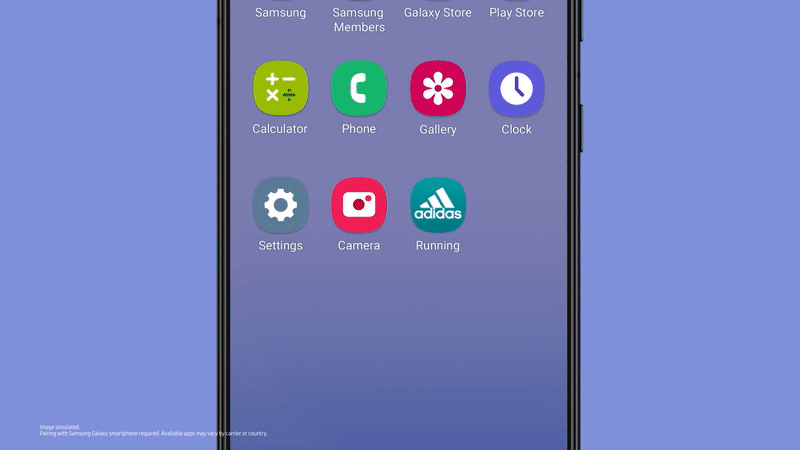
For now, Samsung's One UI Watch is the only Wear OS 3 skin available, but it gives a good idea of what we can expect from other smartphone OEMs with custom Android skins. We may learn more about what these OEMs have in store for their flavors of Wear OS 3 when the update gets closer to launch. Until then, we'll keep on the lookout for more information about Wear OS 3 as it comes.
What we want to see
So far, what we've seen from Wear OS 3 has us pretty excited about the future of Google's wearable platform. But there are still things that we wish the company would adopt when it reaches more smartwatches. Our Ara Wagoner listed some of those wishes, including a better backup and restore process.
When you switch smartphones paired to your Wear OS device, you essentially have to reset your smartwatch and go through the whole setup process. That means redownloading the apps you had, uninstalling the ones you don't want, and adjusting your settings just how you like them. So it would be nice to have the watch backed up on the Wear OS app to expedite the process somehow.
The Wear OS app is another thing we would generally like to see improved. It can do a few things, like change your watch face and adjust some settings, but it's a pretty barebones experience. The app should at least integrate with Google Fit, so we don't have to resort to two separate apps, similar to what companies like Mobvoi do with their dedicated wearable apps.
We would also like to see more advanced health features across the platform. So far, Samsung has some of the most advanced tracking features we've seen on a Wear OS smartwatch. If Google wants to compete with Apple as a health and fitness accessory, it should improve Wear OS tracking capabilities. Hopefully, this is something we might see with Fitbit integration.
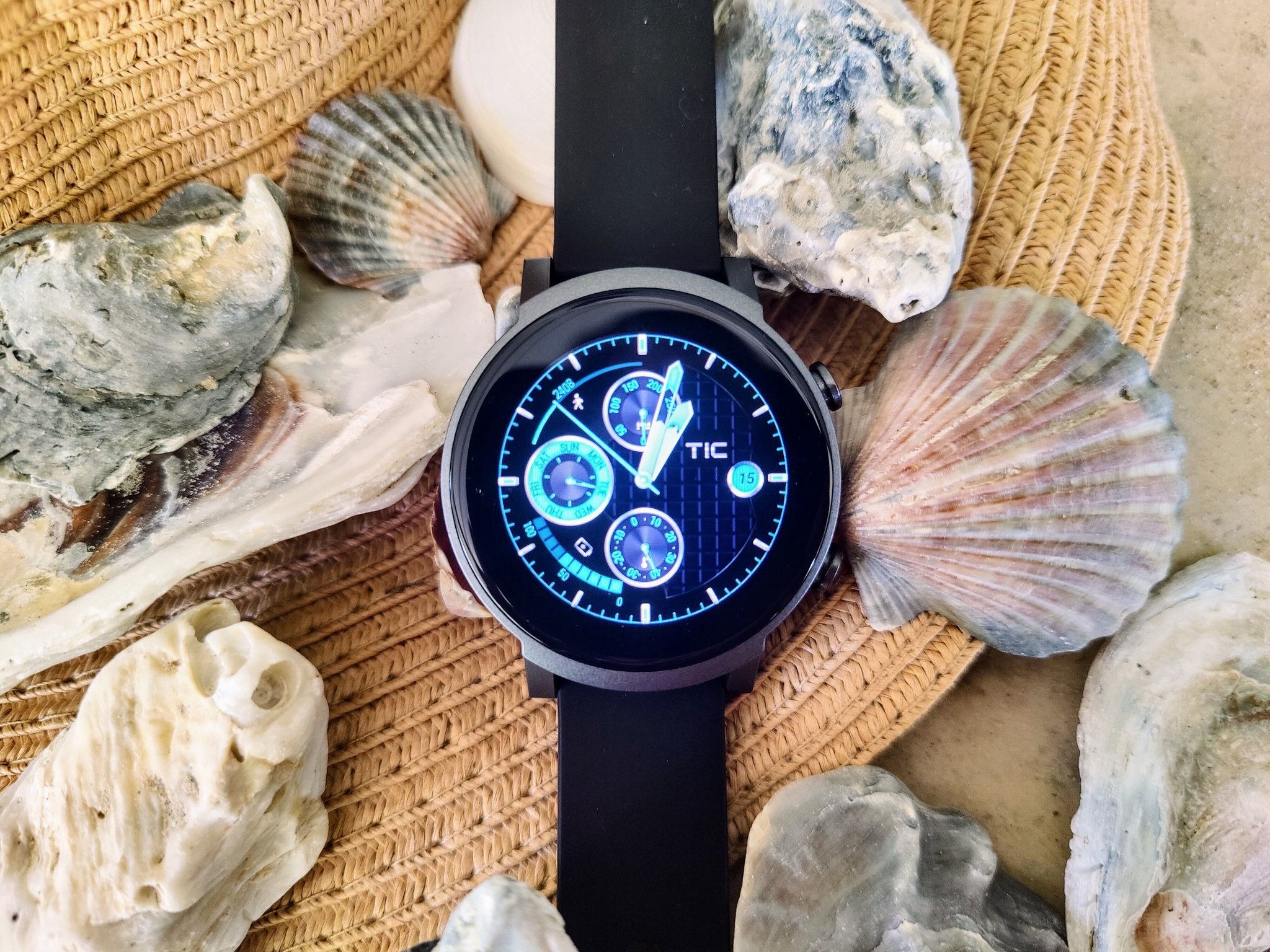 The TicWatch E3 features an LCD instead of an OLED display to keep costs down.
The TicWatch E3 features an LCD instead of an OLED display to keep costs down.
Affordability is something that would help adoption. Our Jerry Hildenbrand points out how letting OEMs mess with the UI to make Wear OS their own might help save the platform by bringing the cost down. We've seen devices like the Mobvoi TicWatch E3 reach $199 and even lower if you can find it at a discount. If and when companies like Motorola, which is known for making some of the best budget Android phones, launch new Wear OS devices, it could be a recipe for making Google's platform much more accessible.
Perhaps the biggest thing we want to see across the platform is better battery life. Google promised to improve on this when Wear OS 3 was announced, but so far, the Galaxy Watch 4 hasn't lived up to the hype. As it stands, it's still not quite a two-day smartwatch, while other devices like the Mobvoi TicWatch Pro 3 Ultra can easily last a few days. Google needs to make Wear OS efficient enough to do just that without OEMs needing to stuff large, bulky batteries or secondary displays into their watches.
Source: androidcentral
